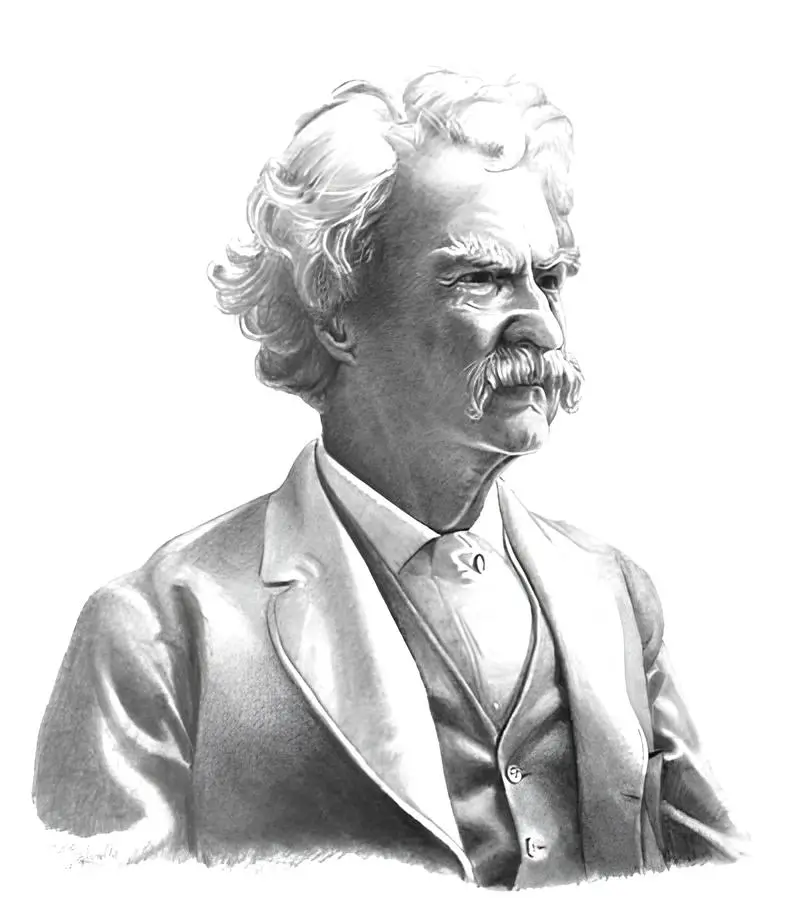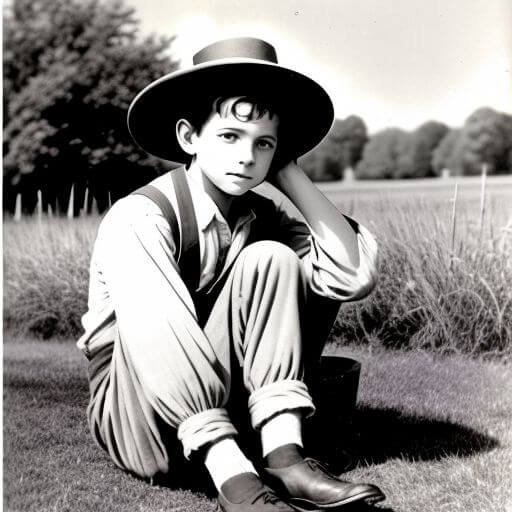Introduction
Few names in American literature evoke the same sense of nostalgia and reverence as Mark Twain’s. Known as the “father of American literature” by many, Twain’s work captures the heart and humor of a bygone era. Of his many creations, The Adventures of Tom Sawyer stands as a timeless tale of childhood, adventure, and morality, leaving an indelible mark on readers for over a century.
This blog explores the life of Mark Twain, the genius behind The Adventures of Tom Sawyer. We’ll uncover how his upbringing influenced his writing, analyze the key themes of the novel, and reflect on its enduring legacy in American literature. By the end, you’ll gain a richer appreciation of both the man and the masterpiece.
Early Life and Influences
Mark Twain, born Samuel Langhorne Clemens in 1835 in the small town of Florida, Missouri, grew up along the banks of the mighty Mississippi River. This environment, rich in culture but marked by the complexities of pre-Civil War America, profoundly shaped Twain’s worldview and storytelling.
Twain’s childhood experiences in Hannibal, Missouri, served as the backdrop for many of his stories, including The Adventures of Tom Sawyer. The idyllic town, with its riverboats, bustling streets, and adventurous spirit, became the fictional St. Petersburg in his novels. His encounters with Mississippi River life and his enduring curiosity about human nature provided him with the material for his humorous, yet often pointedly critical, observations about society.
Tragedy also touched Twain’s early life. The death of his father when he was 11 forced him to leave school and work as a printer’s apprentice, exposing him to literature and storytelling from an early age. His time as a riverboat pilot further ingrained in him a deep appreciation for the Mississippi River, which became almost a character in his stories. These formative experiences laid the groundwork for Twain’s unique literary perspective.
The Adventures of Tom Sawyer
First published in 1876, The Adventures of Tom Sawyer is a semi-autobiographical tale that captures the mischievous spirit of Twain’s youth. It follows the titular character, Tom, as he navigates his small-town world filled with adventure, humor, and subtle morality lessons. From tricking friends into whitewashing a fence to exploring a mysterious cave with Becky Thatcher and confronting the sinister figure of Injun Joe, each escapade carries its own charm and deeper significance.
What makes The Adventures of Tom Sawyer special is Twain’s ability to blend lighthearted storytelling with sharp social commentary. Beneath Tom’s carefree adventures lies a critique of the rigid societal norms and racial inequalities of 19th-century America. Twain uses Tom’s childlike perspective to challenge the notions of justice, freedom, and morality, forcing readers to reflect on these concepts through a less jaded lens.
Key Themes in the Novel
- The Innocence of Childhood
Twain captures the essence of childhood innocence and curiosity. Tom’s antics, though mischievous, remind readers of the joys of youth and the universal yearning for adventure.
- Freedom vs. Conformity
Tom frequently rebels against societal expectations, reflecting Twain’s own desire to question and challenge authority. His escapades highlight the tension between the freedom of youth and the constraints of adulthood.
- Moral Growth
Throughout the novel, Tom grows from a carefree, self-centered boy to someone capable of selflessness and courage, as seen in his decision to protect Becky during the cave expedition and testify against Injun Joe.
- Race and Social Inequality
While not as central as in Adventures of Huckleberry Finn, the novel subtly addresses the racial and class divisions of the time. Characters like Muff Potter and the enslaved community hint at broader societal issues.
Literary Significance
The Adventures of Tom Sawyer holds a special place in American literature. Twain’s use of vernacular speech and vivid imagery brought a new level of authenticity and relatability to his work, setting it apart from the formal European styles of writing prevalent during the time.
The novel is often considered a precursor to Twain’s magnum opus, Adventures of Huckleberry Finn. It introduced readers to themes of moral ambiguity and complex social dynamics, which Twain would explore in greater depth in Huck Finn. Tom’s story marked a shift in literature, giving a voice to the American experience and inspiring generations of writers to embrace their cultural roots.
Beyond its literary merit, the book also influenced how children were portrayed in literature. Tom’s adventurous yet flawed character became a template for the “boy hero,” paving the way for iconic characters like Anne Shirley (Anne of Green Gables) and Harry Potter.
Legacy
Mark Twain’s legacy extends far beyond The Adventures of Tom Sawyer. Often referred to as the “quintessential American author,” Twain’s body of work showcases his mastery of satire, cultural critique, and universal storytelling. His novels continue to be celebrated for their wit, humor, and unflinching honesty in addressing societal issues.
Twain’s influence also permeates popular culture. His references appear in songs, movies, and even modern literature. The Adventures of Tom Sawyer has been adapted into countless plays, musicals, and films, connecting new audiences to its timeless charm.
Perhaps most importantly, Twain’s work remains relevant because of its humanity. His keen observations about human nature, paired with his ability to find humor even in life’s darkest moments, remind us of the power of storytelling to bridge divides and spark introspection.
Keep Exploring Twain’s World
Mark Twain once said, “The two most important days in your life are the day you are born and the day you find out why.” Through characters like Tom Sawyer, Twain encourages us to approach life with curiosity and imagination while questioning the status quo.
If you haven’t yet read The Adventures of Tom Sawyer pdf or Adventures of Huckleberry Finn, now is the perfect time to immerse yourself in Twain’s world. Whether you’re a lifelong fan or new to his work, there’s always something fresh to discover.
Want more insights into Twain’s life and legacy? Check out our recommended reading list or share your thoughts in the comments below. Together, let’s celebrate the lasting brilliance of Mark Twain.





Leave a Reply